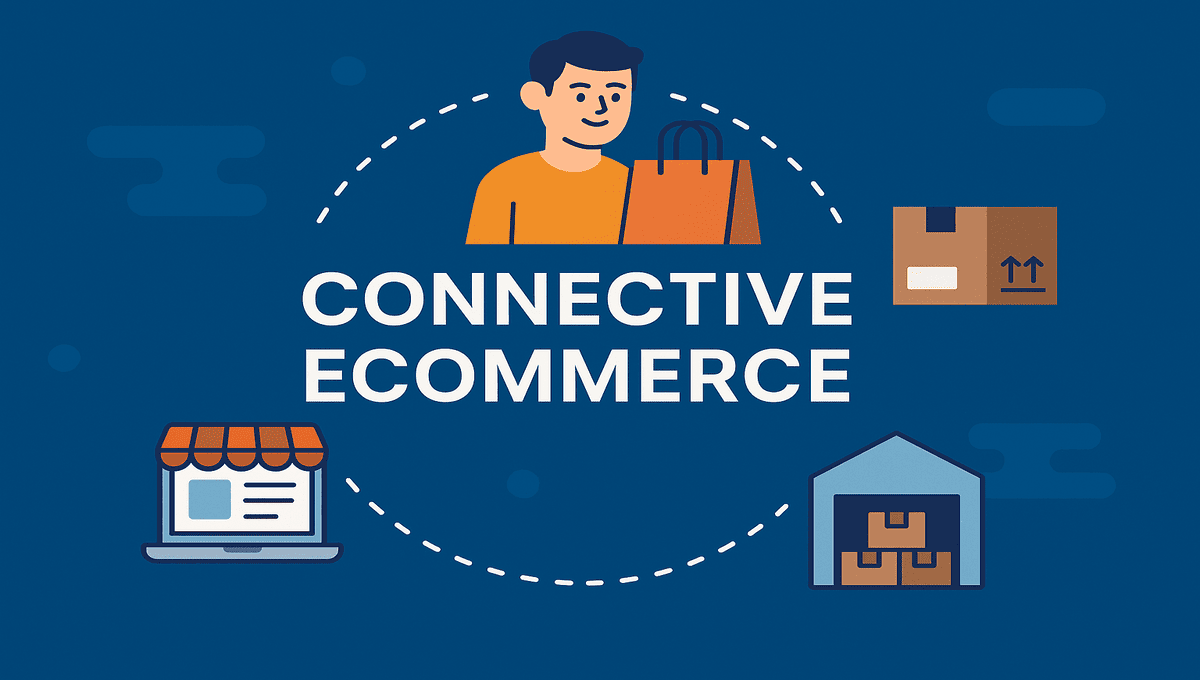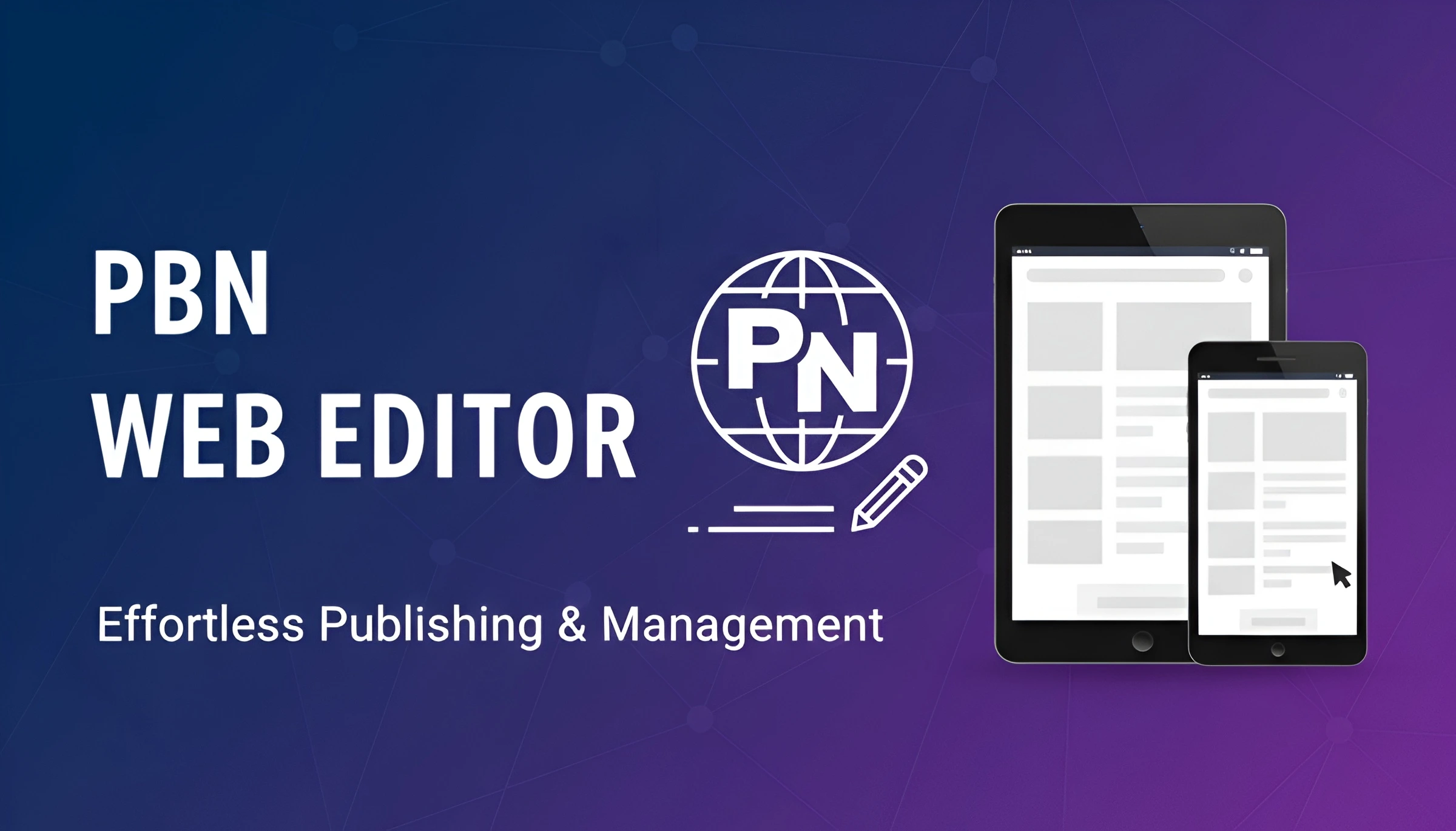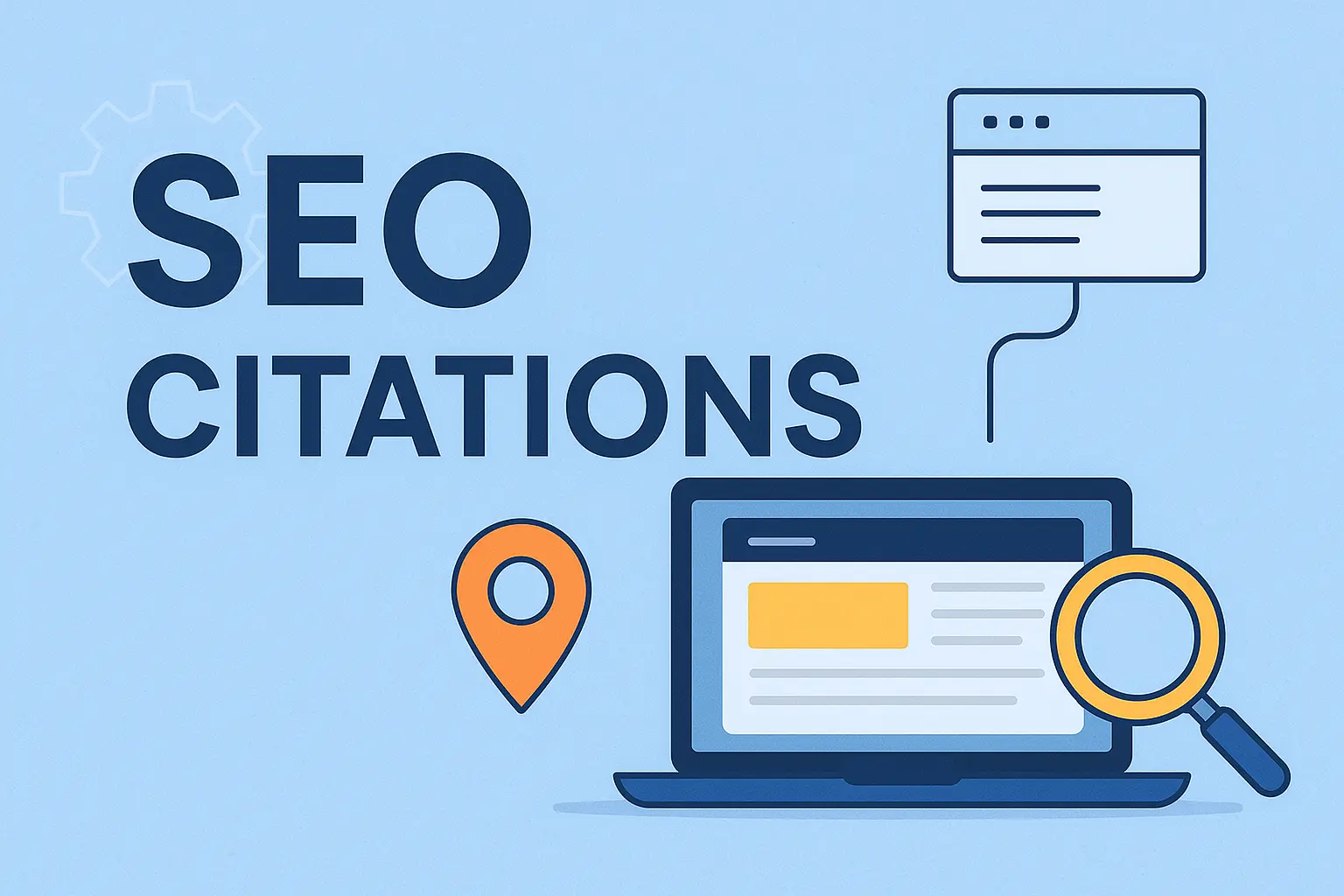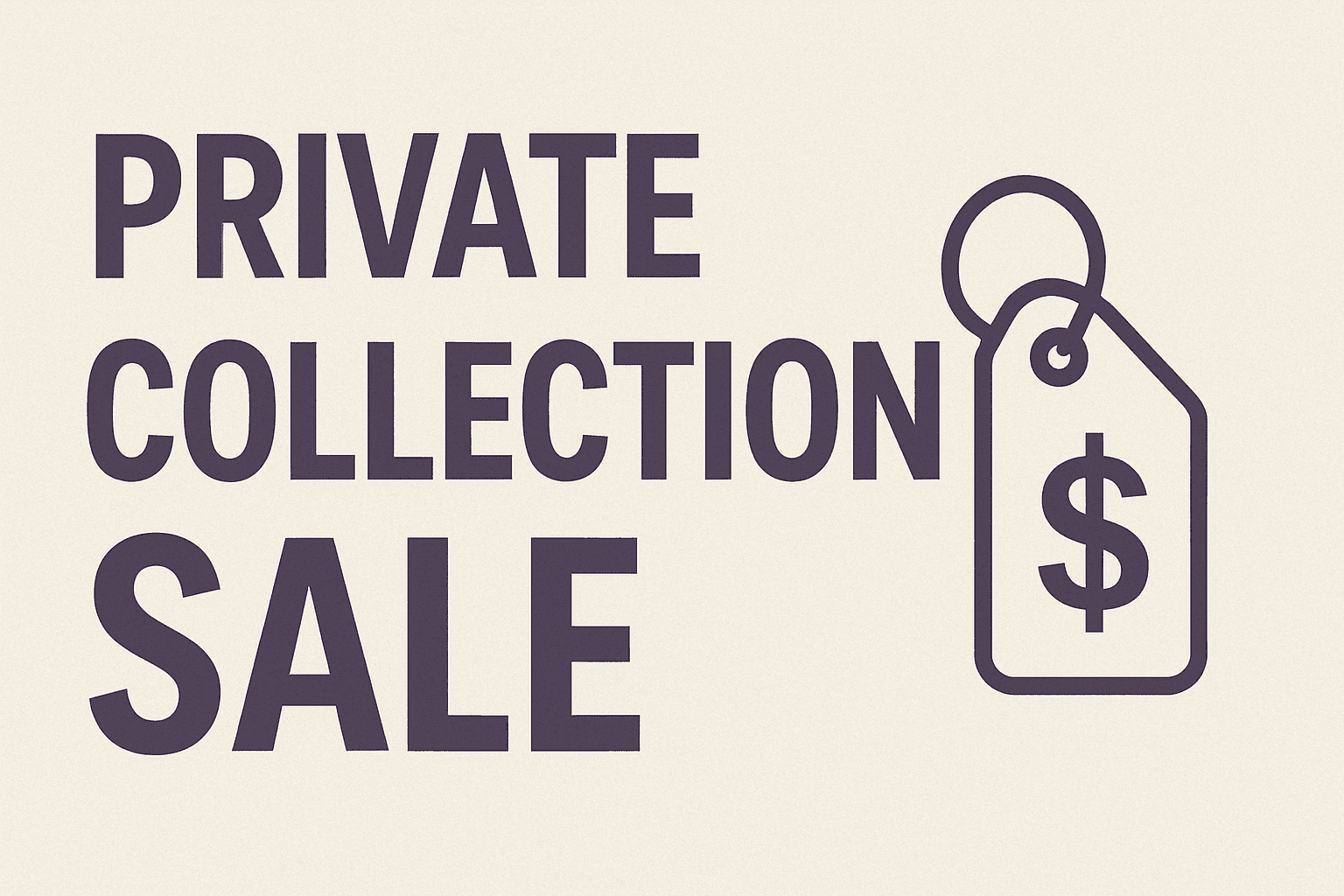The ecommerce world is rapidly evolving. Dropshipping alone isn’t enough, and pure inventory-heavy models carry risks. Enter connective ecommerce, a hybrid, scalable, lower-risk business model reshaping how entrepreneurs build online stores sustainably. If you want to grow your online store while minimizing overhead and maximizing agility, this guide will help you understand what connective ecommerce is, why it matters, and how you can leverage it to thrive in 2025 and beyond.
What is Connective Ecommerce?
Connective ecommerce is a business model that bridges traditional ecommerce with dropshipping and on-demand fulfillment, giving store owners the flexibility to scale without holding excessive inventory or dealing with complex logistics alone.
It allows you to:
- Connect suppliers and fulfillment networks seamlessly
- Automate order processing while maintaining control over branding and customer experience
- Avoid high upfront inventory investments
- Scale quickly while reducing operational headaches
In simple terms, connective e-commerce combines the flexibility of dropshipping with the brand control of traditional ecommerce, creating a hybrid model that balances risk and scalability.
Why Connective Ecommerce is Booming in 2025
In 2025, ecommerce is more competitive than ever. Supply chain issues, shifting consumer expectations, and ad costs are making many traditional dropshipping businesses unprofitable. Connective ecommerce solves these problems by giving you:
- Better margins: You can leverage negotiated supplier relationships while maintaining competitive pricing.
- Faster shipping: By connecting with fulfillment networks, you reduce delivery times compared to standard dropshipping.
- Brand control: You can customize packaging, include inserts, and build a brand customers remember.
- Reduced risk: You don’t need to bulk-purchase products upfront, reducing cash flow stress.
If you want to build a sustainable ecommerce business in 2025, connective e commerce is the model worth exploring.
Benefits of Connective Ecommerce for Entrepreneurs
Lower Startup Costs
You avoid massive upfront inventory purchases while still being able to test products in the market.
Scalable Operations
As orders increase, your fulfillment partners and connected systems handle logistics seamlessly.
Enhanced Customer Experience
Compared to traditional dropshipping, connective e-commerce often provides faster delivery and better quality control.
Stronger Branding
You can create custom packaging, add inserts, and provide tracking experiences aligned with your brand.
Agility to Pivot
If a product isn’t working, you can switch offerings without being tied to unsold stock.
These benefits make connective e-commerce a practical approach for entrepreneurs seeking growth without unnecessary risk.
How Does Connective Ecommerce Work?
Here’s a simplified flow:
- Product Sourcing: Connect your store to suppliers who support low MOQ or on-demand production.
- Order Placement: When a customer places an order, your system automatically sends the order details to the supplier or fulfillment partner.
- Fulfillment: Your connected partner ships the product to the customer under your branding.
- Tracking: The system updates your customer with tracking information automatically.
- Customer Support: You handle customer inquiries, maintaining a direct relationship with your buyers.
This interconnected workflow is the heart of connective ecommerce, providing a seamless backend while allowing you to focus on marketing and customer relationships.
What is Connective Ecommerce Compared to Dropshipping?
While connective e-commerce and dropshipping share similarities, here’s a clear comparison:
| Feature | Dropshipping | Connective Ecommerce |
|---|---|---|
| Inventory | No stock, Supplier ships | Supplier or fulfillment partner ships with brand control |
| Margins | Low | Higher with negotiated supplier terms |
| Shipping Speed | Slow (15–40 days) | Faster (3–10 days on average) |
| Brand Control | Limited | Custom packaging, inserts, brand-aligned tracking |
| Risk | Low upfront, high refund risk | Low upfront, controlled quality reduces refund risk |
| Scalability | Limited by supplier reliability | Highly scalable with connected networks |
Connective Ecommerce Reviews – Does It Really Work?
Many entrepreneurs transitioning from dropshipping to connective ecommerce report:
- 2x to 5x increase in customer satisfaction rates due to faster shipping
- Reduced refund rates due to better quality control
- Higher repeat customer rates due to brand consistency
Platforms like Zendrop, CJ Dropshipping, and ShipBob are used in connective e commerce setups to automate logistics while allowing brand-focused scaling.
Case Example:
Sarah, an online store owner, moved from AliExpress dropshipping to a connective e commerce model using CJ Dropshipping with US warehouses. Her shipping times dropped from 20 days to 5 days, and her customer satisfaction scores increased by 45% within three months.
These connective ecommerce reviews showcase how it can transform ecommerce businesses from unstable to sustainable and customer-centric operations.
Tools for Connective Ecommerce Success
Here are essential tools to implement connective ecommerce efficiently:
- Shopify or WooCommerce: Storefront platforms to manage products and checkout.
- Zendrop or CJ Dropshipping: Supplier networks with faster shipping and branded fulfillment.
- ShipStation or Easyship: For advanced shipping and tracking management.
- Klaviyo: For email marketing automation.
- Gorgias or Zendesk: For customer support ticketing and live chat.
Using these tools will streamline your connective ecommerce workflow, ensuring you provide a reliable experience to customers while keeping operations efficient.
SEO Strategies for Connective Ecommerce Stores
To maximize your connective ecommerce business potential:
- Optimize Product Listings: Use high-quality images, clear benefits-driven descriptions, and customer reviews.
- Focus on Content Marketing: Create blog posts addressing product benefits and customer problems to drive organic traffic.
- Leverage Social Proof: Use user-generated content and testimonials to build trust.
- Run Retargeting Ads: Bring back visitors who showed interest but didn’t convert.
- Utilize Email Marketing: Build abandoned cart flows and welcome series for consistent engagement.
These strategies align with Google’s 2025 guidelines and enhance your store’s discoverability, trust, and conversions.
The Future of Connective Ecommerce
Connective ecommerce is not a trend; it is a shift in how ecommerce will operate sustainably in the coming decade. As consumers demand faster shipping, personalized experiences, and reliable brands, businesses that adopt connective e commerce will gain a competitive edge.
With AI tools assisting in customer support, demand forecasting, and marketing, and connected supplier networks handling fulfillment, entrepreneurs can focus on growth and customer relationships.
If you want to future-proof your online business, transitioning to connective ecommerce in 2025 is a smart, strategic move.
Conclusion: Ready to Build Your Connective Ecommerce Business?
Connective ecommerce empowers entrepreneurs to build scalable, profitable, and customer-centric online stores while reducing operational risks. It bridges the gap between flexibility and control, enabling faster shipping, stronger branding, and higher customer satisfaction.
If you’re ready to transition from traditional dropshipping or explore a smarter ecommerce model, now is the time to embrace connective ecommerce for your business.
Also Read: Ecommerce SEO Rankstar: Boost Your Store’s Rankings and Sales Effectively







